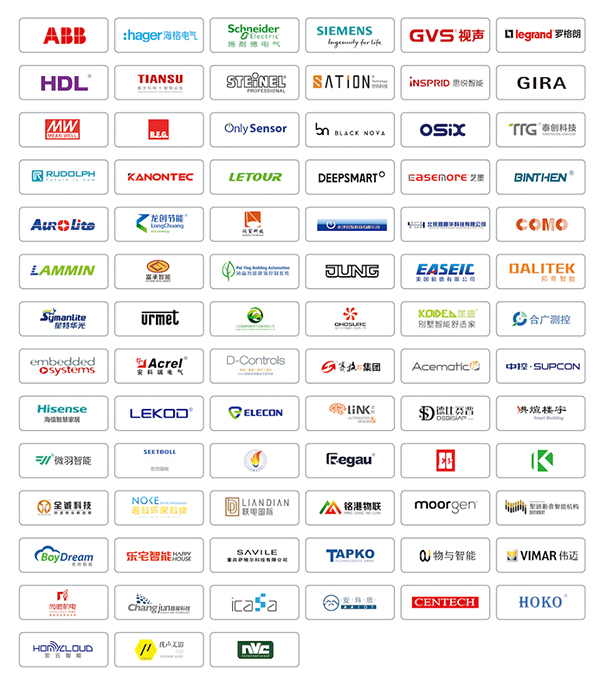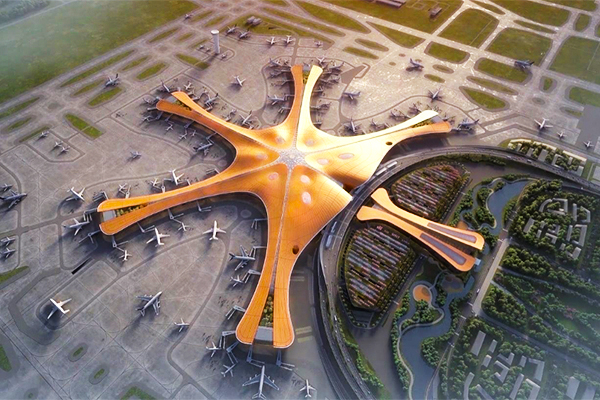Interview with Jack He on KNX in China
In an exclusive interview with KNXtoday, Jack He, President of KNX China, talks about the development of KNX in China over the past decade and what we can expect in the future.

KNXtoday: Tell us a little about yourself! How did you get involved with KNX?
Jack He: I first encountered KNX 14 years ago, at the beginning of my career, when I attended a KNX forum in Beijing. Shortly after, I joined HDL, a manufacturer of automation products, where I became CEO and stayed until my appointment as President of KNX China this year. During my time at HDL, I got to know KNX in more depth and better understood the advantages of KNX over technologies such as RS485, Zigbee, Wi-Fi, etc.
KNXtoday: What were the initial challenges KNX faced in China when KNX China was founded in 2009?
Jack He: Initially, there were only a few companies and brands in the KNX China group, while the big players came from Europe. Most people thought that KNX was only applicable to high-end projects because it was very expensive and there was little technical expertise for installation and programming. There were also concerns about the service and the sales/marketing of KNX products. However, KNX has shown that there are many ways to reach users and all the opportunities are there, as China is a huge market.
KNXtoday: How has KNX developed in China since then?
Jack He: The number of KNX participants in China has increased significantly. More and more local companies are investing in this market through hardware, software and gateways, while others are providing services such as installation, programming and project management. KNX China's current goals include:
- Organising members
- Training and testing services
- Roadshows and exhibitions
- Online promotions
- Cooperation with other associations
Another trend in our market is that the technical possibilities for integration are improving, so there are many projects using different technologies. For example, you can have KNX, RS485, Zigbee and Wi-Fi products integrated into one system and the only thing you need is a high performance/super gateway that handles all the different protocols and data communication.
KNXtoday: What are the main achievements of the KNX China Group so far?
Jack He: Commercial buildings and high-end smart homes are increasingly using KNX products because of the high quality, ease of installation, interoperability with other technologies and, most importantly, compatibility between member brands. This means that system integrators can combine products from different suppliers. As the word spreads, and as more and more people talk about KNX, both the challenges and the opportunities, KNX is gaining ground in the smart home and building industry, as well as in other markets.
If we add to this our efforts through forums, exhibitions and roadshows in different cities, we can see that there is a growing awareness of KNX technology among system integrators, designers, architects, project managers and installation companies.
KNXtoday: How is KNX product development progressing in China? Are you using domestic products or do you still have to import a lot of KNX products?
Jack He: There are many more local KNX players than before, so we have many KNX-certified domestic products. Obviously, in some cases we still need to import KNX products from KNX members in other countries, because customers are free to choose the products/styles that best suit their needs/tastes and these can come from abroad.

KNX China members are challenged by the lack of qualified engineers capable of product development, the length of the product development process and the management of the product life cycle. This causes headaches for many companies when talking about second or third generation KNX products. In other words, KNX products are slightly more expensive to develop than other technologies.
KNXtoday: How has the construction industry in China developed recently and what are the main drivers?
Jack He: China's economy and construction industry have developed rapidly over the past 30 years due to the government's "Reform and Open Up" policy and people's desire for a better life (staying with family, finding a good job, bigger house, enjoying new technologies and products, better environment, less pollution, better education, etc.)
The construction sector plays an important role in industrialisation and urbanisation, and thus occupies an important place in our society, contributing significantly to economic growth and employment opportunities. In such a large market of 1.4 billion people, China is one of the world's largest energy consumers, with Chinese buildings accounting for more than 2% of total energy consumption. This represents a great opportunity for KNX.
KNXtoday: What are the opportunities for KNX in China?
Jack He: Given the high energy and operating costs of buildings, KNX is an excellent way to improve energy efficiency and reduce costs. In addition, especially for larger buildings, KNX provides building owners with a new way to manage buildings, assets, emergencies, etc., thus reducing the human resources required. KNX was initially used in commercial buildings, but is now also present in many residential buildings, so its application has no limits.
As far as the development of smart cities is concerned, the most popular LPWAN (Low Power Wide Area Networking) technologies in China are LoRa and NB-IoT, which have the advantage of both being cheap, low data rates and high throughput. I see KNX as having the potential to play a part in the development of smart cities, but before we can have a truly smart city, it is important to control every single room with a smart system.
KNXtoday: Which KNX projects would you highlight?
Jack He: There are two projects I would like to share with you. The first is Beijing's new landmark, Daxing International Airport, which will be equipped with KNX technology and products for intelligent control systems. In this project, nearly 35,000 KNX logic blocks/command modules have been implemented to manage all the lighting, air conditioning, shutters and various lighting images in different areas. This is one of the largest commercial KNX projects in the domestic market and even in the world.

Beijing Daxing International Airport is one of the largest commercial KNX projects in the world.
The second is a residential building in Shenzhen, namely the China Jinmao Longhua Palace. This project consists of 701 apartments, ranging in size from 180 nm2 to 360 nm2, and is fully equipped with KNX. Each apartment is equipped with nearly 70 KNX devices for lighting, heating, sensing, displays, logic, temperature control, blinds, voice control, etc. This was the first project in China where only KNX products were used in a residential building. Together there are about 50 000 KNX devices under common control in a single project. And it works perfectly!

The China Jinmao Longhua Palace in Shenzhen is a residential building that uses KNX in all areas of control and management.
KNXtoday: What are your goals for KNX in the near future and what is your message to the market?
Jack He: Ideally, I would like to see more differentiation between the software and hardware products of the different players, because at the moment homogenisation is a big problem for most companies in the smart homes and buildings industry, so we need more innovation and creativity.
My other goal is to further increase the awareness of KNX. This includes promoting the latest KNX technologies such as KNX RF, KNX Secure and KNX IoT. We need to hold more events to educate the market and we need more members who focus on KNX product development and how to provide better services to users.
If we can make the voice of KNX even louder in China, I am sure that the "KNX family" can become one of the main players in the market.
Source: KNXtoday
